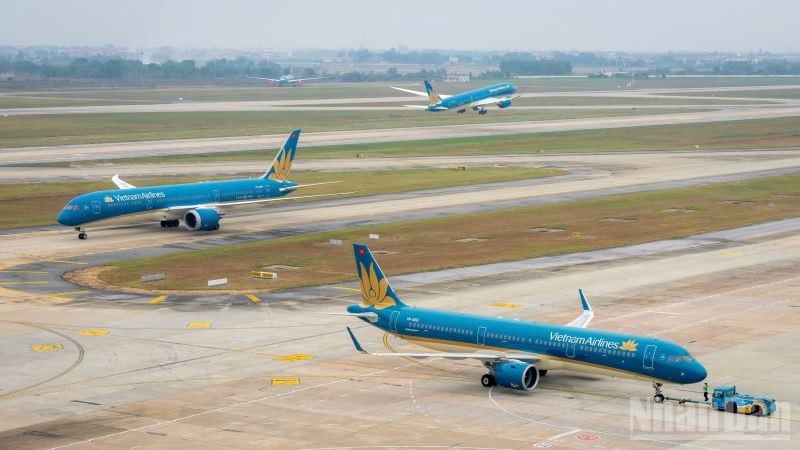 |
Vietnam's civil aviation industry has always played a role as a special, modern, and advanced economic -technical field; an important bridge between Vietnam and the region and the world. |
Prime Minister Pham Minh Chinh affirmed that “Wherever Vietnamese aviation flies, Vietnam’s soft borders will expand”. During the development process, the aviation industry has continuously grown in scale, modernized in technology, synchronized in infrastructure and increasingly integrated deeply with the world .
Infrastructure investment, transport growth
Before the Covid-19 pandemic, the air transport market grew strongly every year, continuously with an average of 14.3% in passengers and 10% in cargo. In the 2020-2022 period, due to the impact of the pandemic, air transport was severely affected, the market declined sharply, only less than 20% compared to 2019. From 2023 to now, with many support policies and timely removal of difficulties from the Government , the market has gradually recovered and developed strongly again. It is expected that by the end of this year, the transport output will reach 84.1 million passengers and 1.4 million tons of cargo, an increase of 6.3% in passengers and 7.6% in cargo compared to 2019.
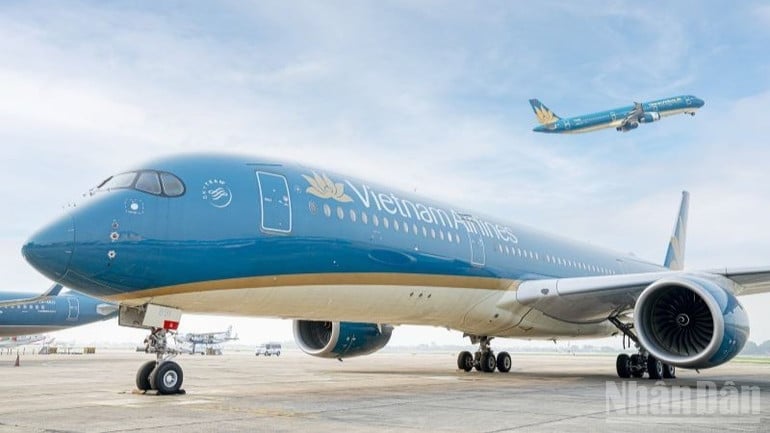 |
By the end of this year, the aviation industry's transport output is expected to reach 84.1 million passengers and 1.4 million tons of cargo, an increase of 6.3% in passengers and 7.6% in cargo compared to 2019. |
Regarding aviation infrastructure, in recent times, many projects have been invested, upgraded and completed and put into operation, such as: building a new Van Don International Airport (under the public-private partnership model); upgrading and expanding Noi Bai, Tan Son Nhat, Da Nang international airports, etc. Currently, relevant units are focusing on accelerating the construction progress of Long Thanh International Airport (phase 1), Quang Tri and Binh Thuan airports; urgently implementing the construction of Gia Binh and Phu Quoc international airports to serve the APEC 2027 Conference, etc. According to the assessment of aviation experts, basically, the airport system has met the growth rate of the industry, actively contributing to the economic and social development of the country.
Over the past 5 years, 5 new Vietnamese airlines have entered the market, bringing the total number of Vietnamese airlines to 13. The commercial fleet has also grown strongly, from 134 (in 2015) to 254 (in 2024), with modern aircraft such as Boeing 787, Airbus A350, A321, Falcon, Gulfstream, Agusta, etc. The flight network has been expanded with 52 domestic routes and 211 international routes.
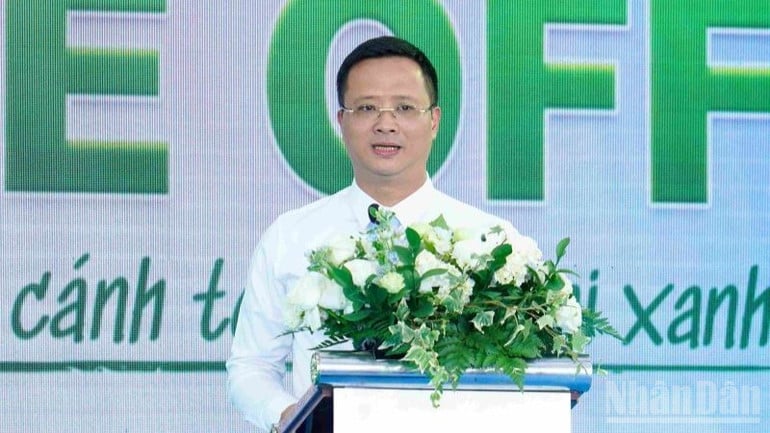 |
| Mr. Uong Viet Dung, Director of Vietnam Aviation Administration. |
State management of aviation safety has always been focused on and given top priority. The Civil Aviation Authority of Vietnam has met and maintained the level 1 (CAT 1) standards of the US Federal Aviation Administration as well as the ICAO standards for aviation authorities. “In 2024, the International Civil Aviation Organization (ICAO) conducted a comprehensive inspection of the Civil Aviation Authority of Vietnam, and the average performance index of Vietnam reached more than 78%, which is higher than the ICAO target for the Global Aviation Safety Program (75%). Over the past nearly 30 years, the Vietnamese civil aviation industry has had no accidents, and the service of charter flights has been absolutely secure and safe,” emphasized Mr. Uong Viet Dung, Director of the Civil Aviation Authority of Vietnam.
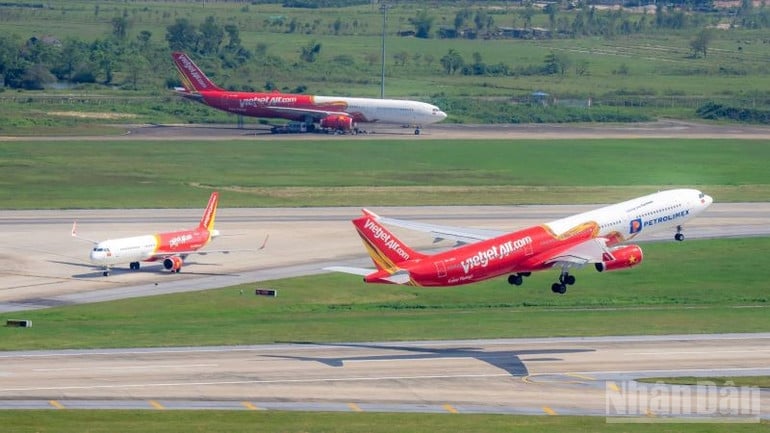 |
| The commercial fleet of airlines has also grown strongly, from 134 aircraft (in 2015) to 254 aircraft (in 2024), with modern aircraft lines. |
However, Mr. Dung also frankly acknowledged that the Vietnamese civil aviation industry still has some limitations and shortcomings that need to be overcome to prepare for the next stage of development. Accordingly, institutions and policies in the civil aviation sector are slow to innovate, lack breakthroughs and do not meet the needs of socio-economic development as well as the aviation industry. Planning and investment in upgrading and developing existing aviation infrastructure are not synchronous, connection with other types of transport is still limited; many economic sectors have not been attracted to participate in investing and developing airport infrastructure.
“Although there are some new airlines entering the market, in reality, most of them are small in scale, with limited financial, technological and human resources; easily affected by macroeconomic fluctuations, natural disasters, and epidemics. Vietnam also faces great competition in terms of destinations from countries in the region such as Thailand, Singapore, Malaysia, etc. The connection between units and businesses in the aviation industry is still loose, lacking long-term strategy, and limited community spirit, etc.,” Mr. Uong Viet Dung assessed.
Re-establishing development vision
In the new development stage, in addition to opportunities and advantages, the aviation industry has identified many challenges that must be faced, when the world and regional situation is changing rapidly and complicatedly, climate change, natural disasters, and epidemics are increasingly fierce; strategic competition between countries and airlines is increasingly fierce. The major and important policies and strategic orientations of the Party and State in recent times are important political foundations, creating strong motivations, and guiding principles for the aviation industry to re-establish its development vision, promote investment in synchronous and modern infrastructure, ... striving to become a strategic and modern economic sector with regional and international competitiveness; the annual growth rate of the transportation market reaches double digits, ranking among the top in the Asia-Pacific region.
Accordingly, the industry will continue to innovate and improve institutions and policies for sustainable development, institutionalize the Party and State's guidelines and policies, improve mechanisms and policies in the field of civil aviation; implement Vietnam's commitments to the international community; enhance the effectiveness and efficiency of state management in the field of civil aviation, etc. In particular, focusing on completing the amendment of the Law on Civil Aviation of Vietnam and related guiding decrees; ensuring a clear and transparent legal corridor, creating favorable conditions for all economic sectors to participate in investment and business in airports. At the same time, thoroughly decentralize and delegate power to localities in managing and organizing investment in developing aviation infrastructure.
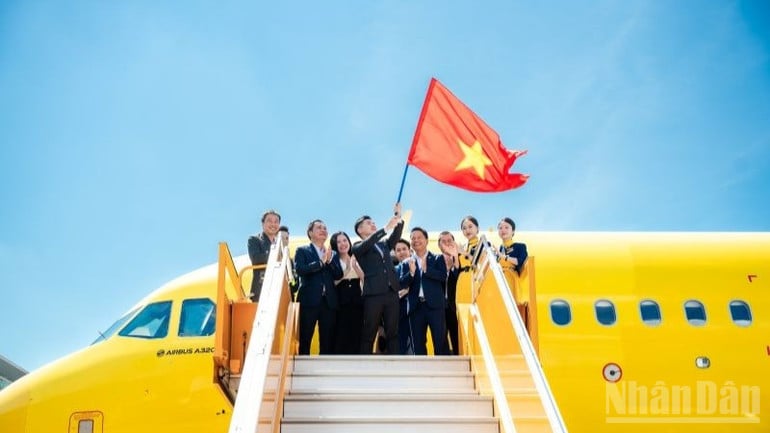 |
| Airlines aim to develop a modern fleet of more than 400 aircraft by 2030; form airlines specializing in cargo transportation,... |
Along with that, develop modern, synchronous and long-term aviation infrastructure. Form major regional and world aviation transit centers in Hanoi and Ho Chi Minh City; form airports in remote, mountainous areas, and localities after the merger to create momentum for socio-economic development, regional connectivity and strengthen international connectivity. "By 2030, strive to achieve a capacity of 300 million passengers through airports (2.5 times higher than in 2025), especially the formation of 2 large-scale, modern international airports with 4 runways, Long Thanh and Gia Binh", Mr. Uong Viet Dung stated the goal.
The aviation industry will also actively transform digitally, strongly applying advanced science and technology, such as artificial intelligence (AI), Internet of Things (IoT), big data (Big Data), cloud computing, automation and biometrics to optimize management, monitoring, operations, improve safety-performance and personalize passenger experience, and improve the quality of passenger services. Another important factor in the industry's development strategy is to upgrade airlines to modern and professional standards to be competitive internationally. Airlines need to develop a modern fleet of more than 400 aircraft by 2030; form specialized cargo airlines; expand the international flight network, especially transcontinental routes to/from key airports such as Noi Bai, Gia Binh, Long Thanh, Tan Son Nhat, Phu Quoc, etc.
“Developing high-quality human resources is also considered an urgent requirement, especially to ensure the effectiveness and efficiency of state management and aviation safety supervision. The industry will establish an advanced and effective national aviation safety system; ensure safety management based on a modern, unified model, capable of thoroughly identifying, analyzing and controlling risks; link regional and industry development; develop a synchronous aviation service ecosystem, gradually forming and developing a low-altitude aviation economy,...”, Mr. Uong Viet Dung stated.
Source: https://huengaynay.vn/kinh-te/phat-trien-nganh-hang-khong-dap-ung-muc-tieu-tang-truong-157231.html



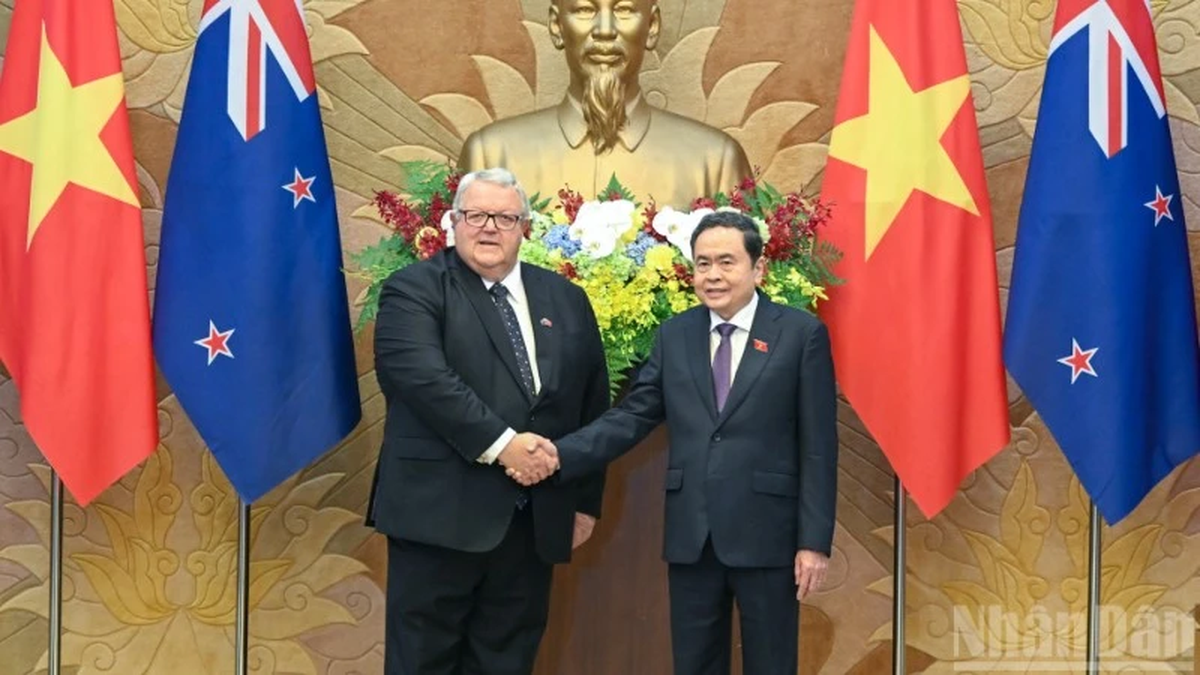
![[Photo] Politburo works with the Standing Committee of Cao Bang Provincial Party Committee and Hue City Party Committee](https://vphoto.vietnam.vn/thumb/1200x675/vietnam/resource/IMAGE/2025/8/28/fee8a847b1ff45188749eb0299c512b2)
![[Photo] Red flag with yellow star flutters in France on National Day September 2](https://vphoto.vietnam.vn/thumb/1200x675/vietnam/resource/IMAGE/2025/8/28/f6fc12215220488bb859230b86b9cc12)
![[Photo] National Assembly Chairman Tran Thanh Man holds talks with New Zealand Parliament Chairman](https://vphoto.vietnam.vn/thumb/1200x675/vietnam/resource/IMAGE/2025/8/28/c90fcbe09a1d4a028b7623ae366b741d)
![[Photo] General Secretary To Lam presents the 45-year Party membership badge to comrade Phan Dinh Trac](https://vphoto.vietnam.vn/thumb/1200x675/vietnam/resource/IMAGE/2025/8/28/e2f08c400e504e38ac694bc6142ac331)
![[Photo] General Secretary To Lam attends the opening ceremony of the National Achievements Exhibition](https://vphoto.vietnam.vn/thumb/1200x675/vietnam/resource/IMAGE/2025/8/28/d371751d37634474bb3d91c6f701be7f)







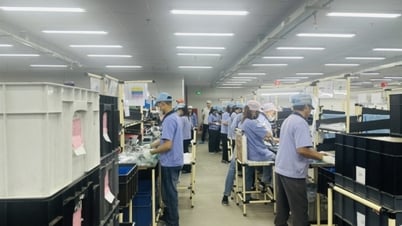
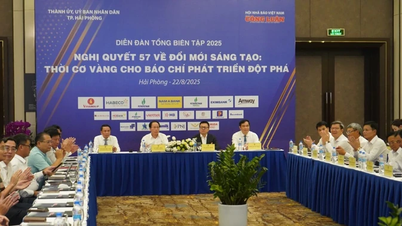



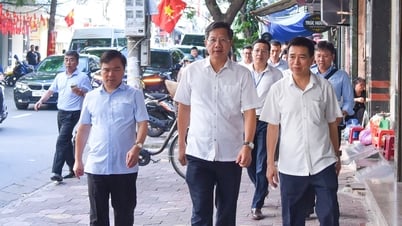

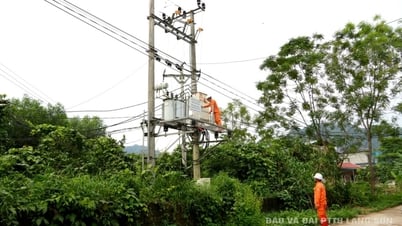





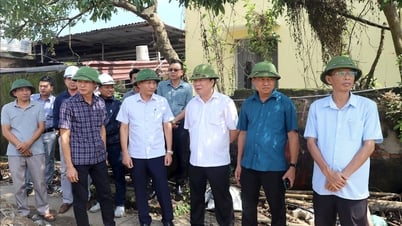






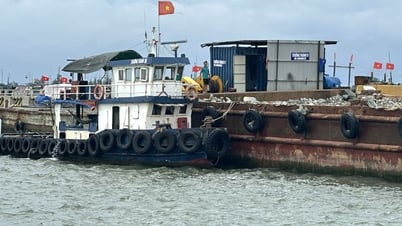


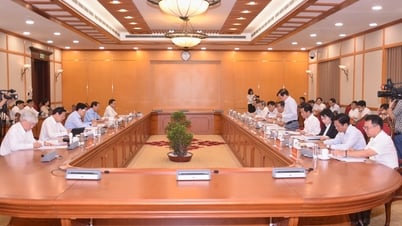


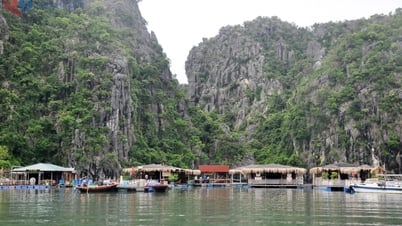









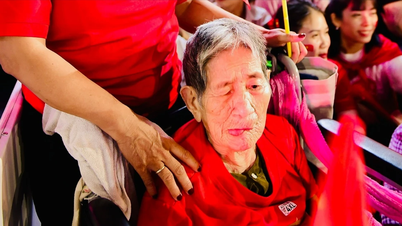












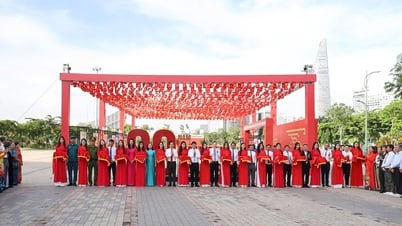




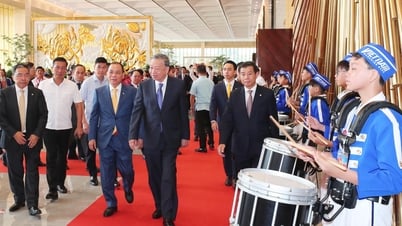










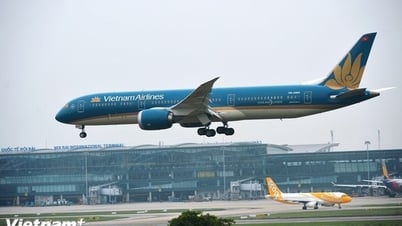

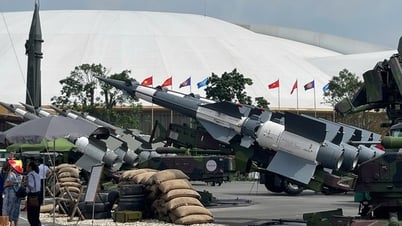




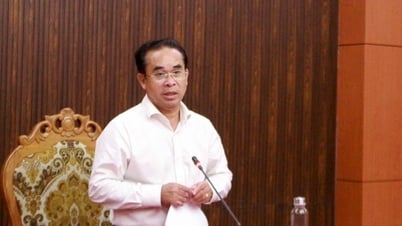
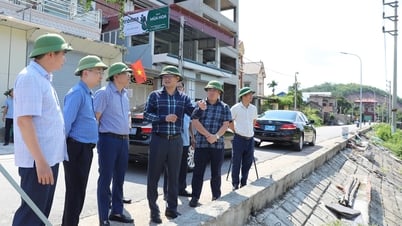



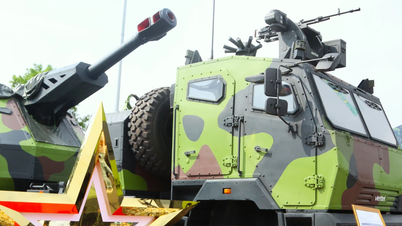

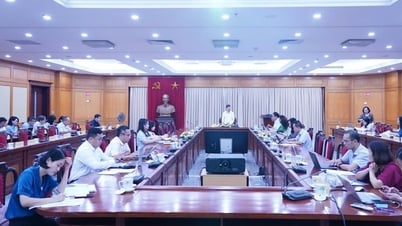











Comment (0)